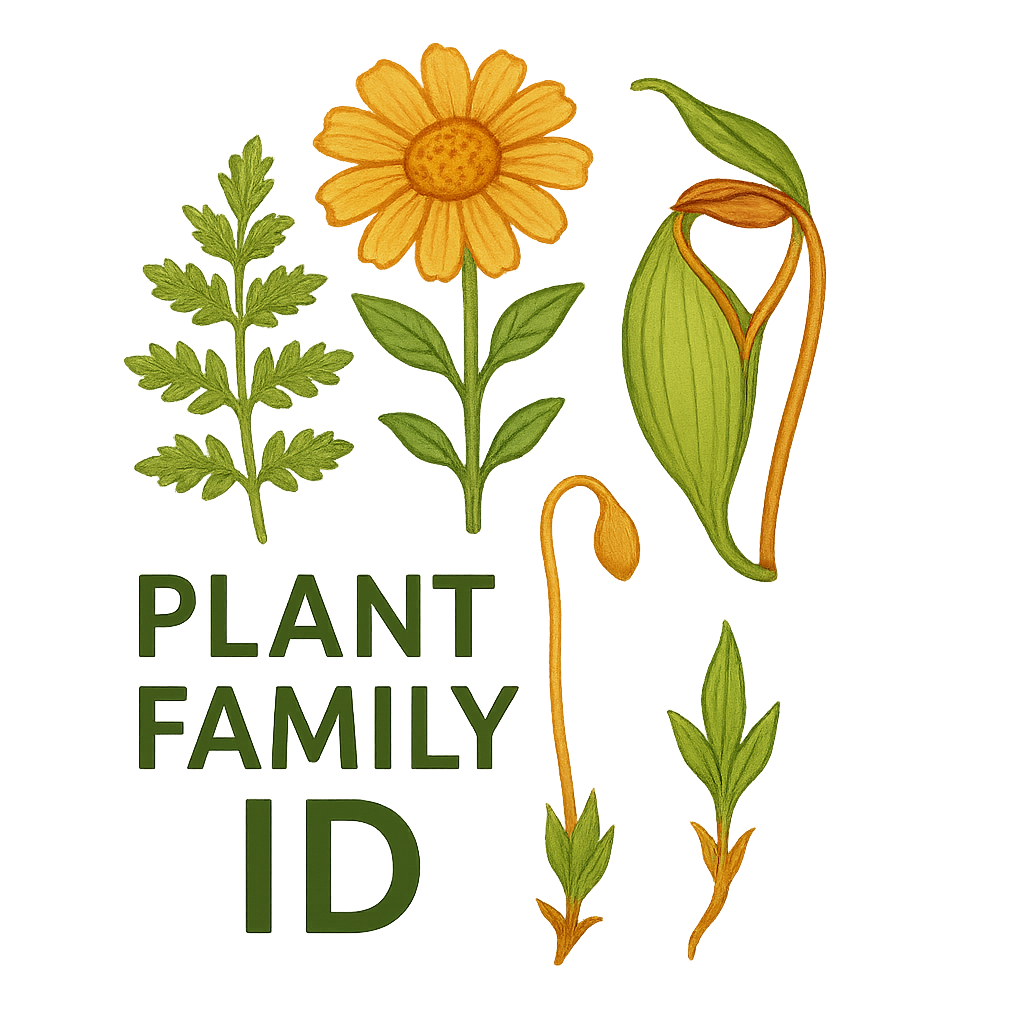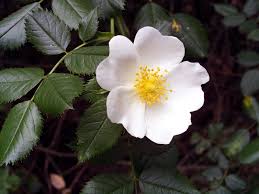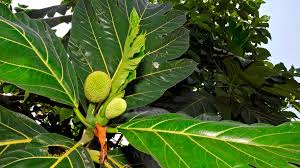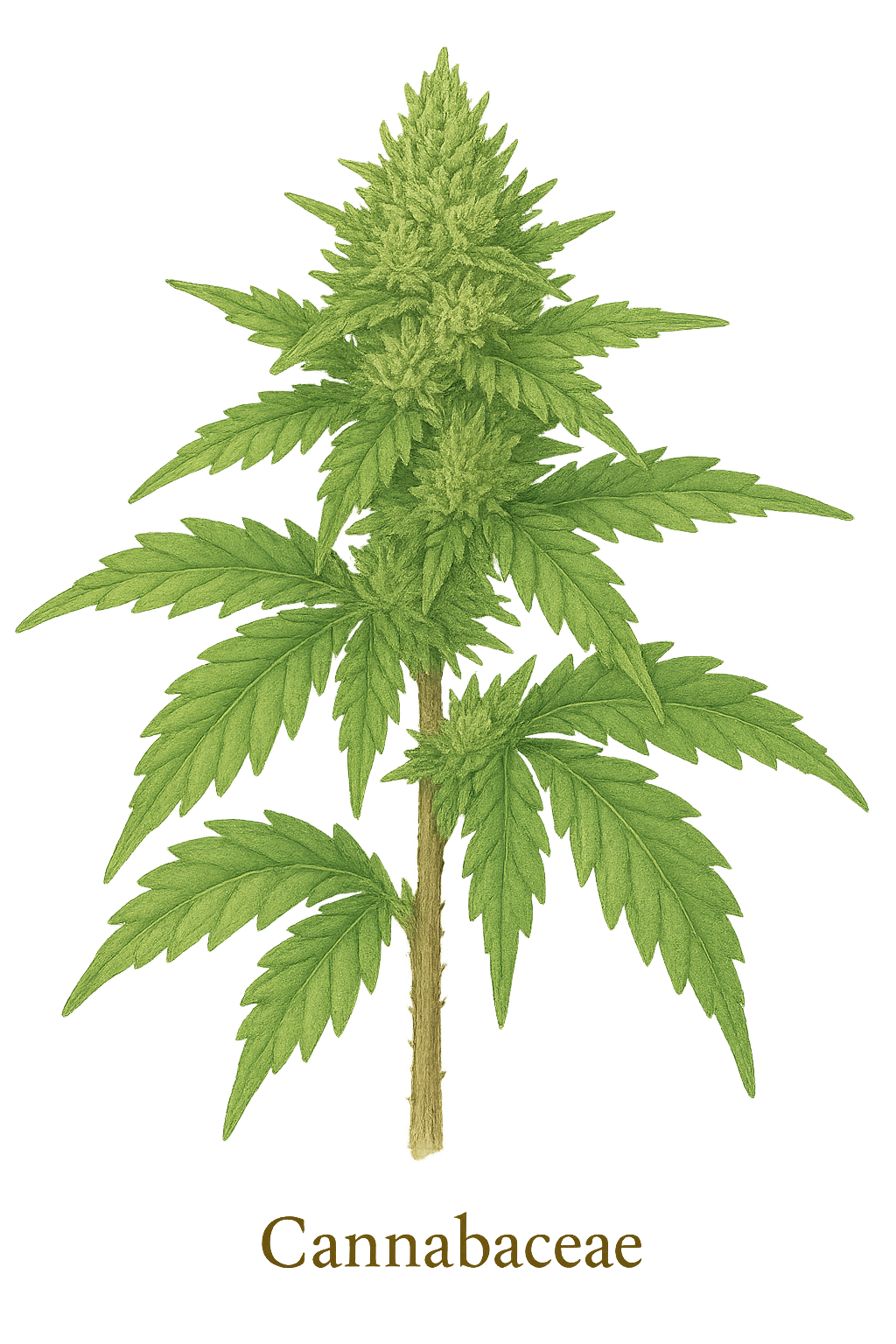Ulmaceae
Elm Family
The Ulmaceae family consists primarily of deciduous trees and shrubs, most notably the elms (Ulmus). Members are characterized by their simple, alternate leaves, often with asymmetrical bases and serrated margins. Flowers are typically small, wind-pollinated, and appear before the leaves in spring. The fruit is commonly a winged samara, but can also be a nutlet or drupe. The family is distributed mainly across the temperate regions of the Northern Hemisphere.

Overview
Ulmaceae is a relatively small family of woody plants found predominantly in temperate zones of the Northern Hemisphere, with some species extending into tropical regions. The family is best known for the genus Ulmus (elms), which includes many important timber and ornamental trees. Historically, elms were prominent street trees in North America and Europe before suffering devastating losses due to Dutch elm disease.
Plants in this family typically have alternate, simple leaves with toothed margins and often unequal bases. Their flowers are small, greenish, lack petals, and are adapted for wind pollination. Fruits vary, with the flat, winged samara of elms being the most characteristic type.
Economically, elms provide valuable hardwood timber used for furniture, flooring, and boat building. Several species and cultivars are planted as ornamentals and shade trees. Some species, like Siberian Elm (Ulmus pumila), can be invasive in certain regions. The family has close evolutionary ties to Cannabaceae (Hemp/Hackberry family), Rosaceae (Rose family), and Moraceae (Mulberry family).
Quick Facts
- Scientific Name: Ulmaceae
- Common Name: Elm family
- Number of Genera: Approximately 6-7
- Number of Species: Approximately 35
- Distribution: Primarily Northern Hemisphere temperate regions, some tropical extensions
- Evolutionary Group: Eudicots - Rosids - Order Rosales
Key Characteristics
Growth Form and Habit
Members of the Ulmaceae family are typically deciduous (rarely evergreen) trees or shrubs. They often have sympodial branching (where the terminal bud dies or aborts, and growth continues from lateral buds).
Leaves
Leaves are simple, alternate, and usually arranged in two ranks (distichous) along the stem. They typically have serrated or doubly serrated margins and pinnate venation. A key characteristic for many species, especially elms, is the asymmetrical leaf base where one side of the leaf base is lower or more rounded than the other. Stipules are present but usually fall off early (caducous).
Inflorescence
Flowers are borne solitary or in small clusters, such as fascicles or cymes, typically appearing in early spring before or sometimes with the leaves. They arise from the axils of the previous year's leaves or buds.
Flowers
Flowers are generally small, inconspicuous, and adapted for wind pollination (anemophilous). They can be bisexual (perfect) or unisexual (imperfect), with plants being monoecious or polygamous (having both bisexual and unisexual flowers on the same plant).
- Perianth: Consists of a single whorl (calyx) of 4-9 fused or nearly separate sepals; petals are absent.
- Androecium: Stamens are typically equal in number to the sepals and opposite them, inserted at the base of the calyx.
- Gynoecium: The ovary is superior, usually composed of two fused carpels forming a single locule (chamber), although sometimes appearing 2-locular at the base. It contains a single ovule. Styles are typically two, often divergent.
Fruits and Seeds
The fruit type varies within the family:
- Samara: A dry, indehiscent fruit with a flattened wing of fibrous, papery tissue surrounding the seed cavity. This is characteristic of Ulmus (elms).
- Nutlet or Drupe: Some genera, like Zelkova, produce small, dry nutlets or fleshy drupes. (Note: Celtis, formerly often included here, produces drupes but is now usually placed in Cannabaceae).
The seed contains a straight or curved embryo and lacks endosperm or has very little.
Chemical Characteristics
Ulmaceae are not known for highly distinctive secondary metabolites compared to some other families. Mucilage cells are common in the bark and leaves of many species. Tannins may also be present.
Field Identification
Identifying members of the Ulmaceae family, particularly elms, relies on a combination of vegetative and reproductive features.
Primary Identification Features
- Habit: Deciduous trees or shrubs.
- Leaves: Simple, alternate, often doubly serrated margins.
- Leaf Base: Frequently asymmetrical (unequal) at the petiole attachment.
- Fruit (Ulmus): Distinctive flat, winged samara (often disc-like with the seed in the center or offset).
- Twigs: Often have a slight zigzag pattern between buds.
Secondary Identification Features
- Bark: Variable by species; can be smooth, ridged, furrowed, or scaly (e.g., intersecting ridges in American Elm).
- Buds: Typically pointed or rounded, covered with scales, often slightly offset from the center of the leaf scar. Flower buds may be larger and rounder than vegetative buds.
- Leaf Scars: Usually half-round with several bundle traces.
- Stipule Scars: Small scars flanking the bud, often indistinct.
Seasonal Identification Tips
- Spring: Look for inconspicuous flowers appearing before leaves. Samaras develop quickly and are often shed by late spring or early summer.
- Summer: Identify based on leaf shape, especially the asymmetrical base and serrated margins.
- Fall: Fall color is often yellow or brownish, not typically spectacular but variable.
- Winter: Identify using bark patterns, twig characteristics (zigzag pattern, bud shape/placement), and persistent samaras in some cases.
Common Confusion Points
Ulmaceae leaves can resemble those of other families:
- Betulaceae (Birch family): Leaves are also simple, alternate, and serrated, but leaf bases are usually symmetrical, and fruits are small nutlets often associated with catkin-like structures.
- Cannabaceae (Hackberry - Celtis): Leaves are very similar (alternate, simple, serrated, often asymmetrical base), but bark is typically warty/ridged, and fruit is a small drupe, not a samara. (Note: Celtis is closely related but now often excluded from Ulmaceae).
- Tiliaceae (Linden/Basswood family): Leaves are alternate, simple, serrated, and often heart-shaped with an asymmetrical base, but flowers are distinct (fragrant, yellowish, with a strap-like bract), and fruit is a nutlet attached to the bract.
- Fagaceae (Oak/Beech family): Leaves are simple and alternate, but often lobed (oaks) or smooth-edged with prominent parallel veins (beech). Fruits are nuts (acorns, beechnuts).
Field Guide Quick Reference
Look For:
- Tree/shrub habit
- Alternate, simple leaves
- Asymmetrical leaf base
- Serrated leaf margins (often doubly serrate)
- Samara fruit (in Ulmus)
- Zigzag twigs (often subtle)
Key Variations:
- Fruit type (samara vs. nutlet/drupe)
- Bark texture (smooth, furrowed, etc.)
- Leaf size and exact shape
- Bud characteristics
Notable Examples
The Ulmaceae family includes several well-known tree species.

Ulmus americana
American Elm / White Elm
Once a dominant and iconic shade tree in North America, known for its vase-like shape. Leaves are doubly serrate with asymmetrical bases. Bark has distinct intersecting ridges. Highly susceptible to Dutch elm disease, which decimated populations, though disease-resistant cultivars are now available.

Ulmus rubra
Slippery Elm / Red Elm
Native to eastern North America, named for its mucilaginous inner bark (used medicinally). Leaves are larger and rougher (scabrous) on the upper surface compared to American Elm. Buds are larger, rusty-hairy. Bark is less distinctively ridged. Also susceptible to Dutch elm disease.

Ulmus pumila
Siberian Elm
Native to Asia, widely planted for its fast growth and tolerance of harsh conditions (drought, cold). Leaves are smaller, singly serrate, and more symmetrical at the base than American Elm. Often considered weedy or invasive due to prolific seeding. More resistant to Dutch elm disease.

Zelkova serrata
Japanese Zelkova
Native to East Asia, often planted as a street tree alternative to elms due to its similar vase shape and disease resistance. Leaves are simple, ovate, sharply serrated, with symmetrical or slightly asymmetrical bases. Bark is smooth and gray when young, becoming mottled or scaly with age. Fruit is a small, dry drupe or nutlet.
Phylogeny and Classification
Ulmaceae is placed within the order Rosales, part of the large Rosid clade of eudicots. This order is incredibly diverse, containing families like Rosaceae (roses, apples, cherries), Moraceae (mulberries, figs), Rhamnaceae (buckthorns), Elaeagnaceae (oleasters), Urticaceae (nettles), and Cannabaceae (hemp, hops, hackberries).
Molecular studies have significantly refined the understanding of relationships within Rosales. Ulmaceae is now understood to be most closely related to Cannabaceae, Moraceae, and Urticaceae. The genus Celtis (hackberry), traditionally often placed within Ulmaceae due to morphological similarities, is now consistently shown by molecular data to belong within Cannabaceae. Therefore, Ulmaceae in its current circumscription is a smaller, more tightly defined family centered around Ulmus and Zelkova.
Position in Plant Phylogeny
- Kingdom: Plantae
- Clade: Angiosperms (Flowering plants)
- Clade: Eudicots
- Clade: Rosids
- Order: Rosales
- Family: Ulmaceae
Evolutionary Significance
Ulmaceae represents a lineage within the large and diverse Rosales order, showcasing adaptations primarily for wind pollination and dispersal.
- Wind pollination (anemophily): Reduced, petal-less flowers appearing early in spring are classic adaptations.
- Samara evolution: The winged fruit of Ulmus is an effective adaptation for wind dispersal, contributing to the genus's success.
- Biogeography: The family's distribution provides insights into Northern Hemisphere temperate forest evolution.
- Impact of Disease: The susceptibility of key species like Ulmus americana to Dutch elm disease highlights the ecological and economic impact plant pathogens can have on a family.
- Phylogenetic Refinement: The history of classifying Ulmaceae and the transfer of Celtis illustrate the power of molecular data in resolving evolutionary relationships.



